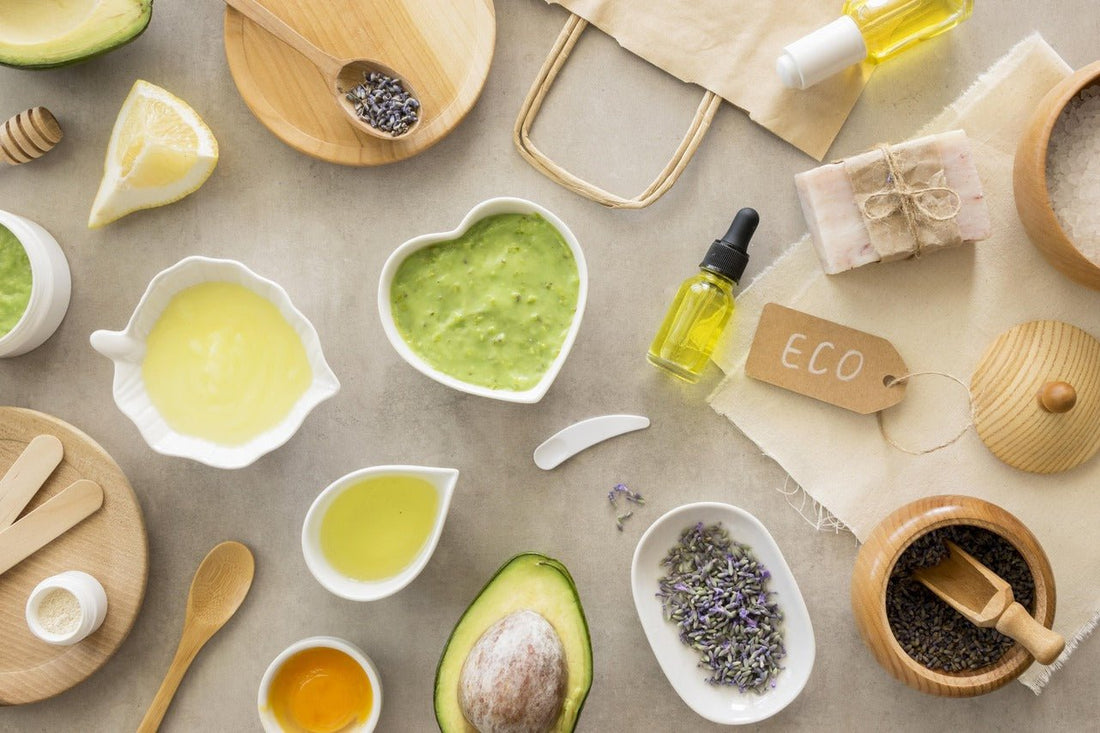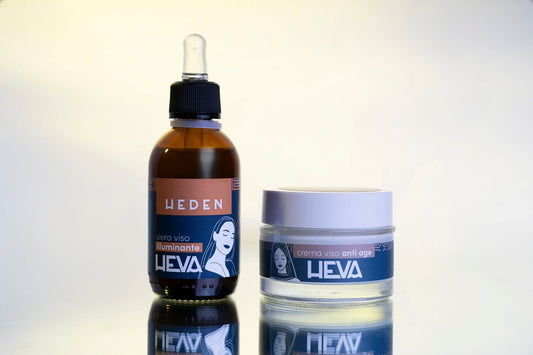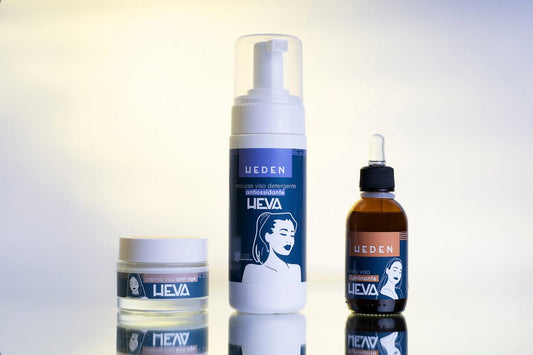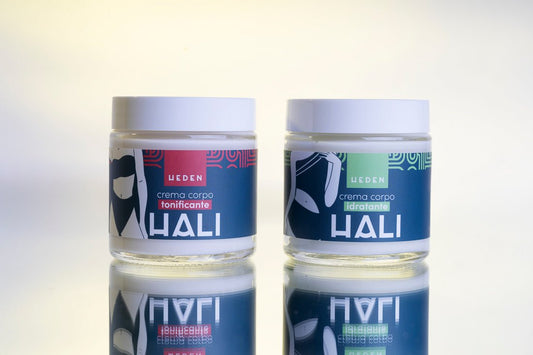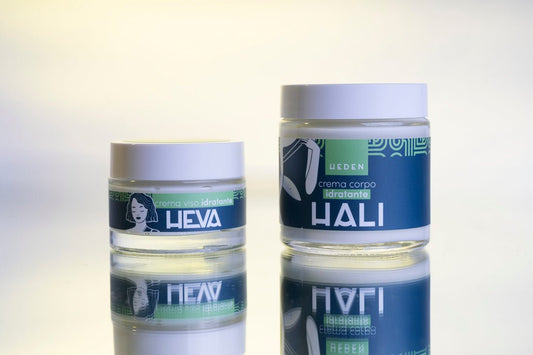In the vast world of cosmetics, two ingredients have attracted attention for their surprising skin benefits: hyaluronic acid and snail slime. Both boast amazing properties, but are distinct in their composition and effects on the skin.
Hyaluronic Acid: The Powerful Moisturizer
Hyaluronic acid is a natural component of human skin, responsible for water retention and hydration. Its ability to retain moisture is remarkable, as it is capable of binding and holding water up to thousands of times its weight.
In cosmetic products, hyaluronic acid is used to deeply hydrate the skin, helping to reduce the appearance of fine lines and wrinkles. This ingredient is particularly suitable for all skin types, including sensitive ones, as it works delicately without clogging pores.
The main effect of hyaluronic acid is to give the skin a smoother, more elastic and hydrated appearance, visibly improving its texture and elasticity over time.
Snail Slime: Regeneration and Nourishment
Snail slime has become popular due to its regenerative and skin-nourishing properties. This precious fluid, produced by snails, contains a wide range of components such as proteins, vitamins, enzymes, collagen, elastin and glycolic acid.
Among the most acclaimed properties of snail slime is its ability to stimulate skin regeneration, promoting the healing of scars, dark spots and damage caused by acne. Additionally, it is known to reduce inflammation, hydrate, and improve skin elasticity.
Snail slime is often used in specific products for the treatment of scars, acne marks, wrinkles and skin discoloration. Its positive impact on damaged skin makes it an ideal ingredient for those seeking deeper regeneration and visible improvement in skin texture.
Differences and Complementarity
Although hyaluronic acid and snail slime have similar goals, such as hydration and skin improvement, they differ in their action and composition.
Hyaluronic acid focuses primarily on hydration, working to retain moisture and make skin softer and more elastic. On the other hand, snail slime focuses on regeneration, actively contributing to the repair of damaged skin and the reduction of scars and discolouration.
Both ingredients, therefore, can be considered complementary in a skincare routine. Hyaluronic acid can provide essential hydration, while snail slime can intervene in a more targeted way on the regeneration of damaged skin.
Conclusions
Hyaluronic acid and snail slime are two amazing skincare ingredients, each with their own distinct characteristics and benefits. While hyaluronic acid is renowned for its ability to deeply hydrate, snail slime stands out for its regenerative and nourishing action.
The choice between the two ingredients may depend on the specific needs of your skin. Some people may benefit more from the hydration offered by hyaluronic acid, while others may benefit more from the regeneration and scar reduction provided by snail slime.
In conclusion, both of these ingredients represent a powerful resource for healthy and glowing skin, offering targeted solutions for different skin needs. The choice will depend on individual needs and skin treatment preferences, with the possibility of exploiting the complementary benefits of both.

